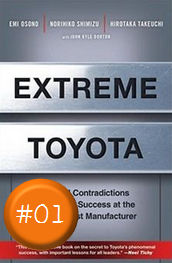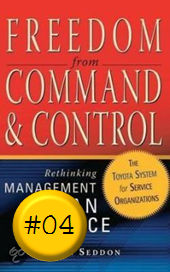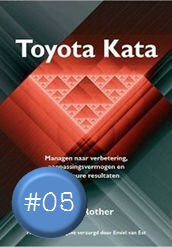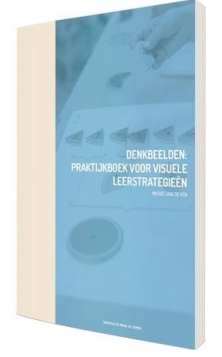
Kanban-crack Julia Wester beschrijft op haar website dat het vaak zinvol kan zijn je bij doorlooptijdreductie te richten op het verkorten van de wachttijd in plaats van het verkorten van de bewerkingstijd:
![]()
One of the questions that working professionals get asked the most is “When will my request be completed?” In order to answer, we often look at lead time metrics to give a predictable answer.
Looking at lead times over a period of time can give us a pretty high confidence level in setting delivery expectations. It is a strategy for predictability.
When we look at improving those lead times, we often focus on how to improve the active work we do for the requests we receive.
(...)
However, too many teams are not aware that the biggest way to improve the lead times for our work may actually be focusing on reducing the time we spend NOT working on our requests.
Flow Efficiency examines the two basic components that make up your lead time: working time and waiting time.
(...)
Once you dive into the details of the work, you can begin to discover the causes of the unnecessary wait times and the impact each one of those causes has. At that point, you can start to design experiments to try to reduce the wait and increase your flow efficiency.
Bron: Flow Efficiency: A great metric you probably aren’t using, Julia Wester




















